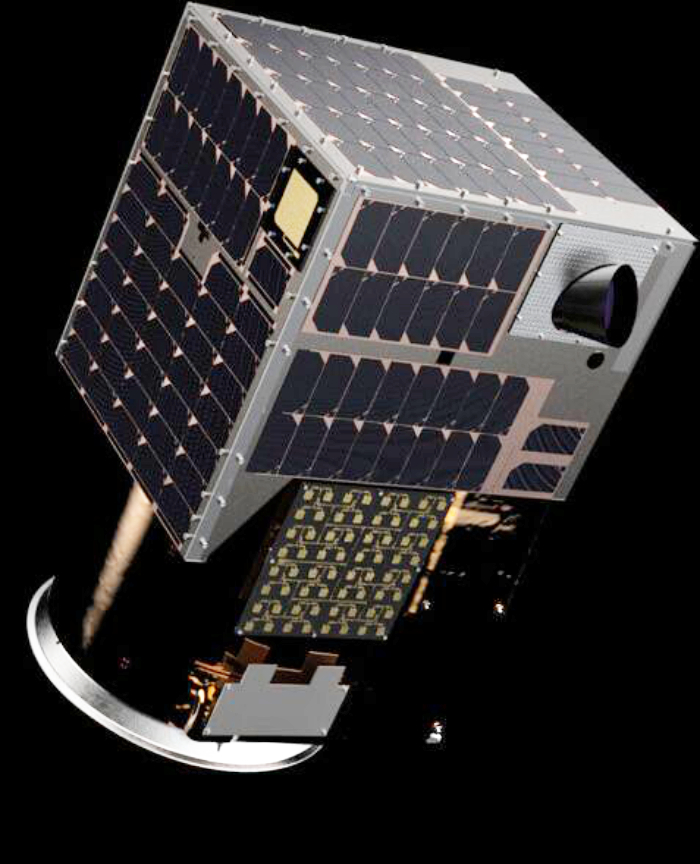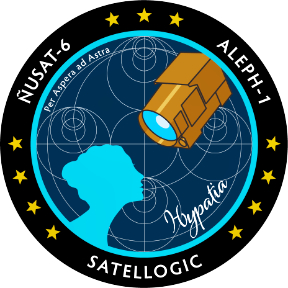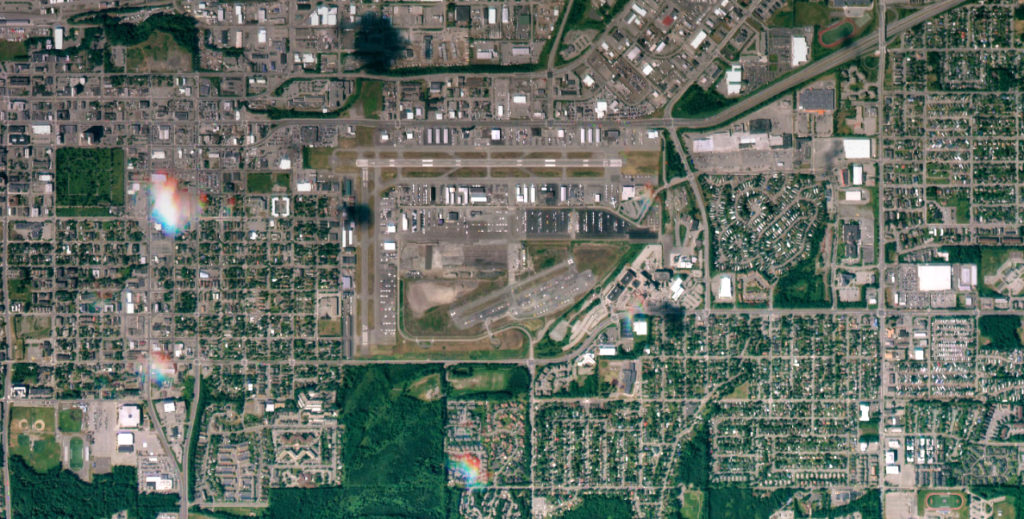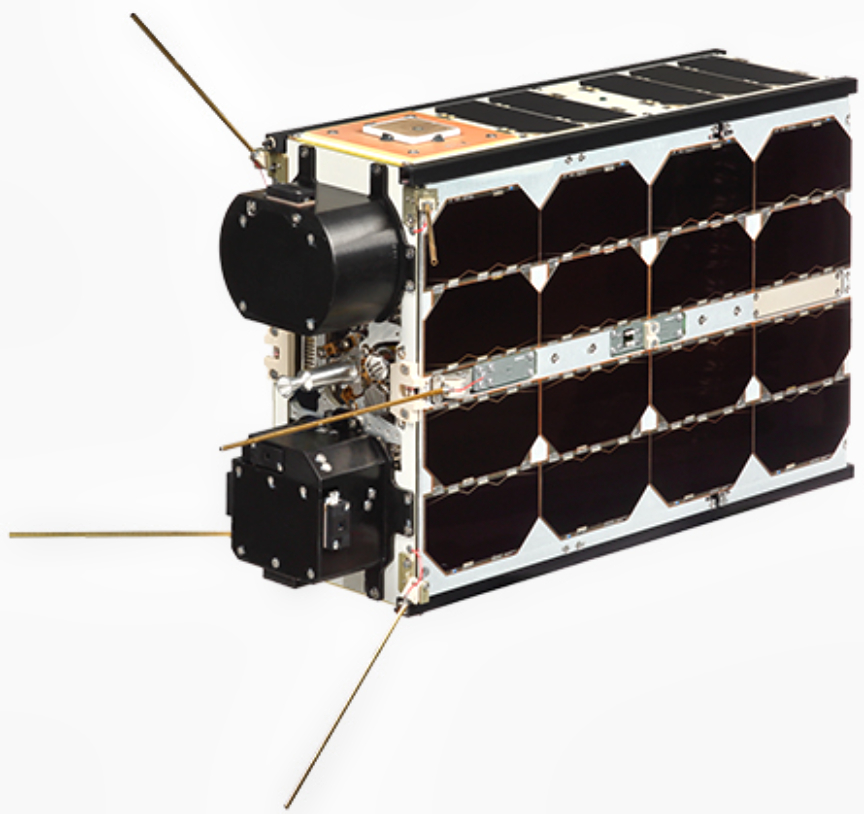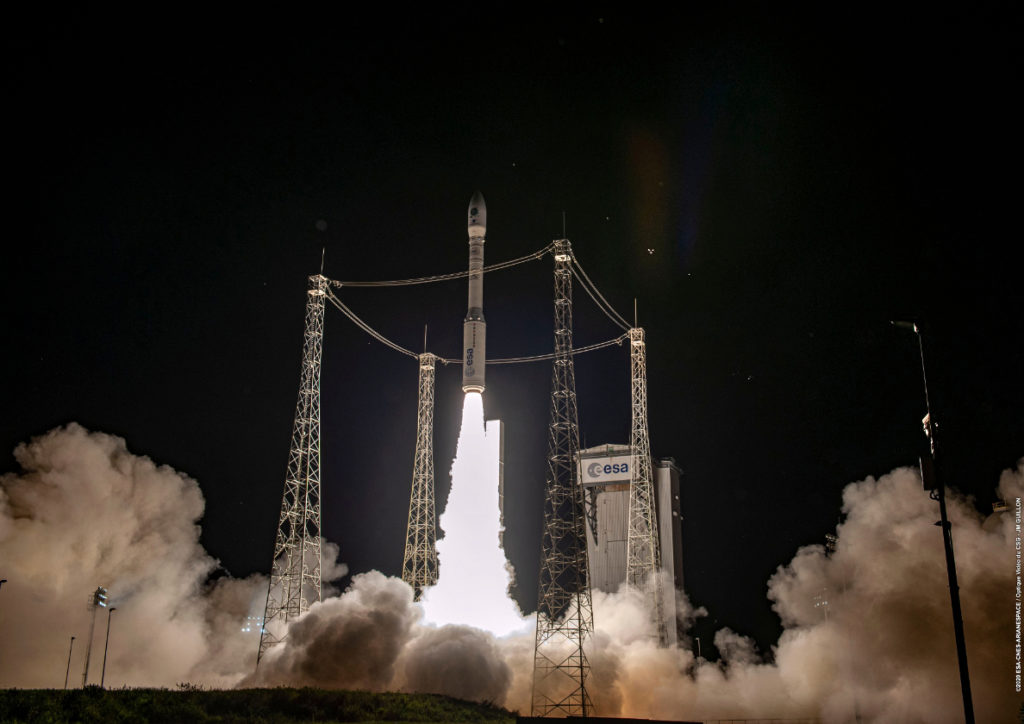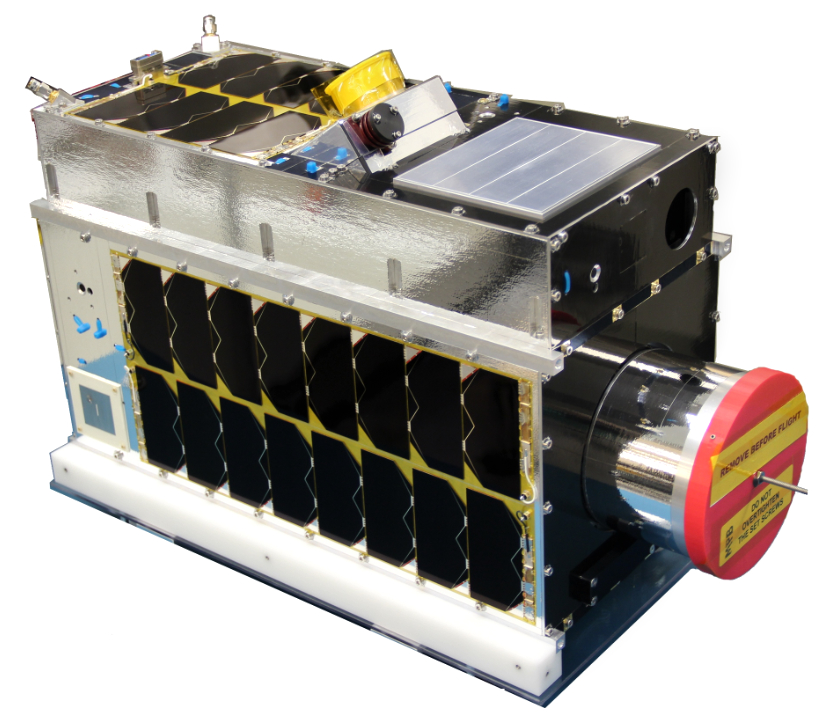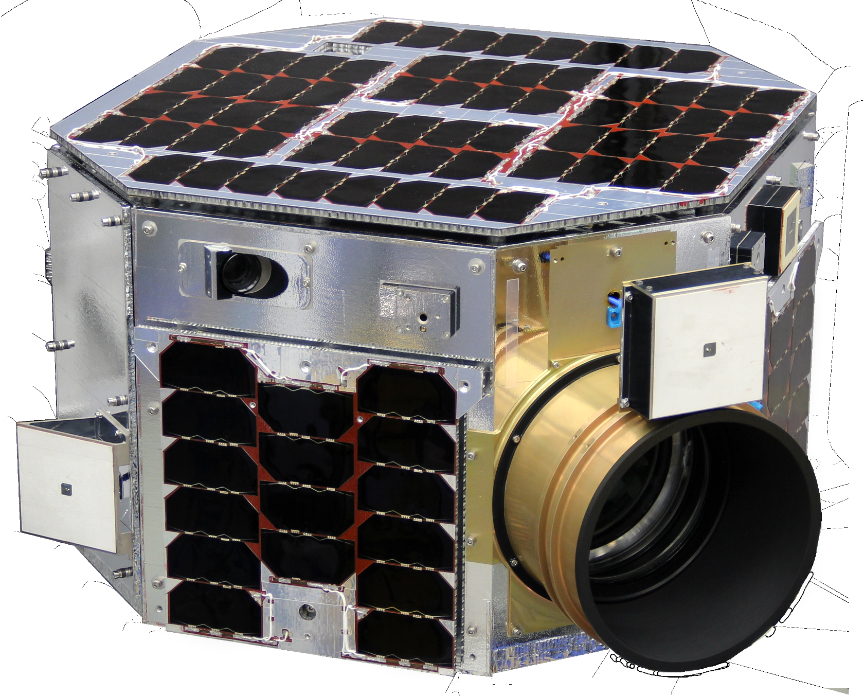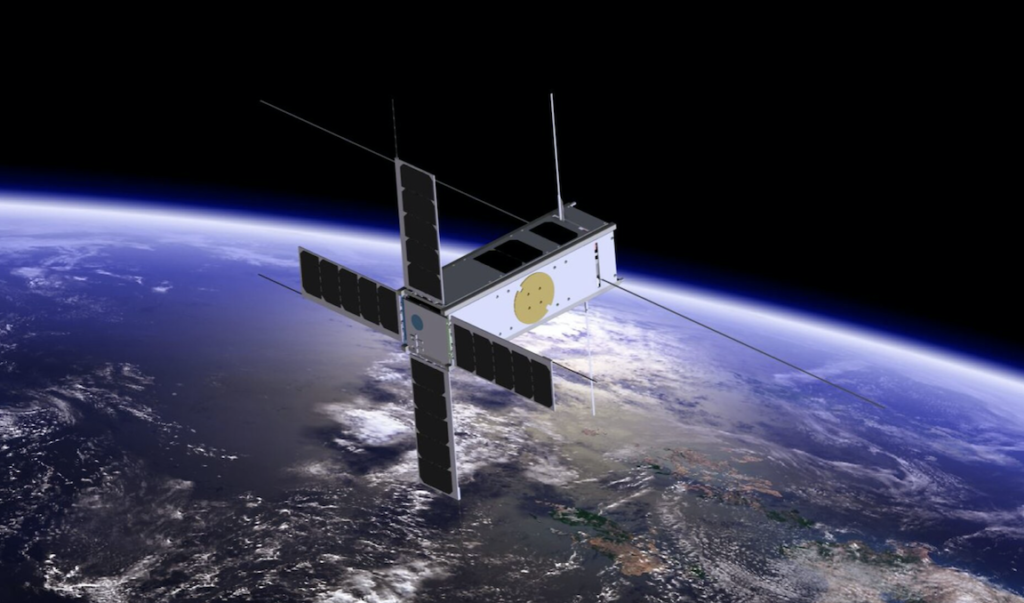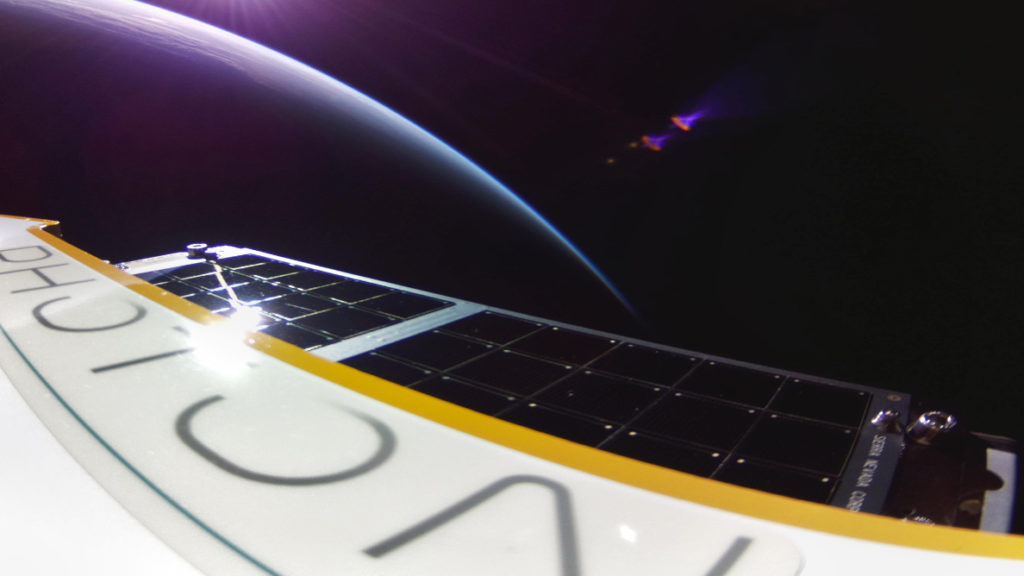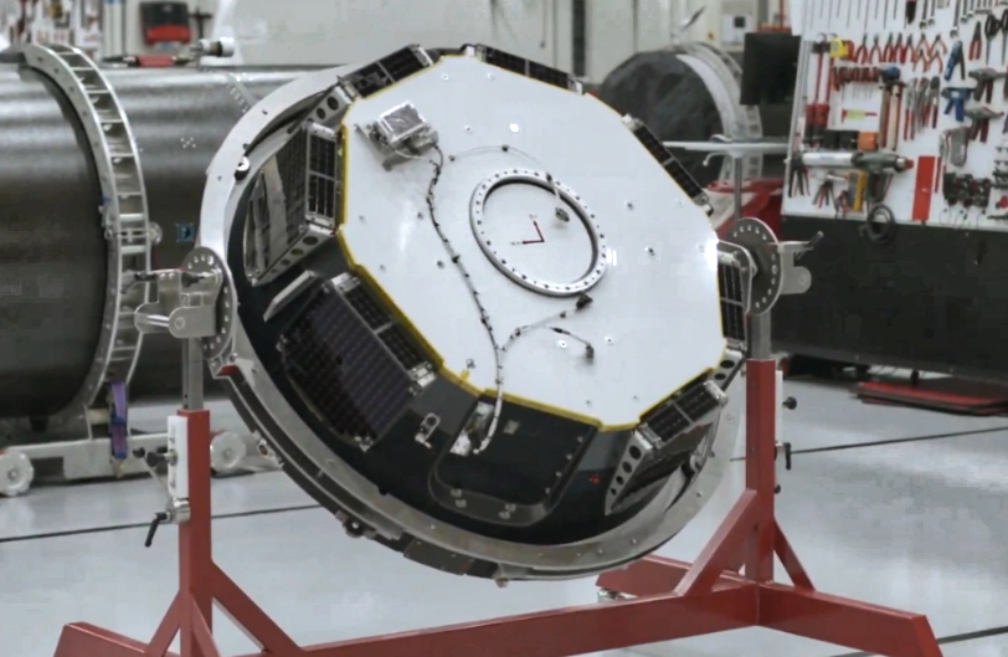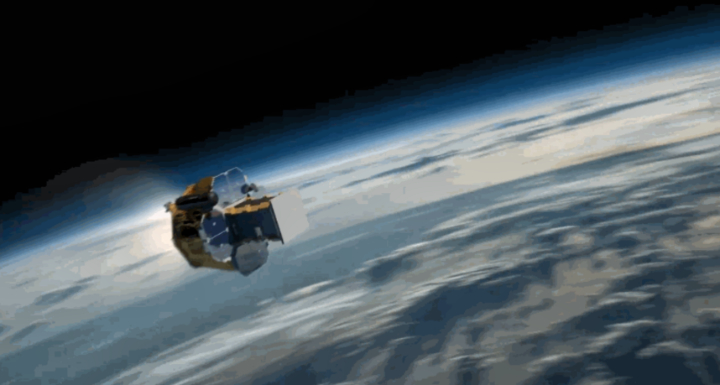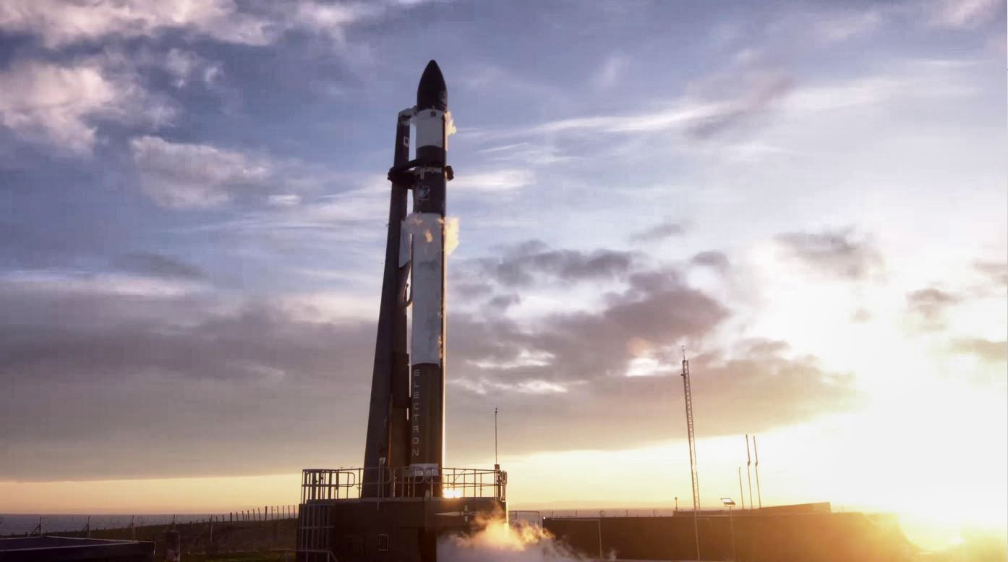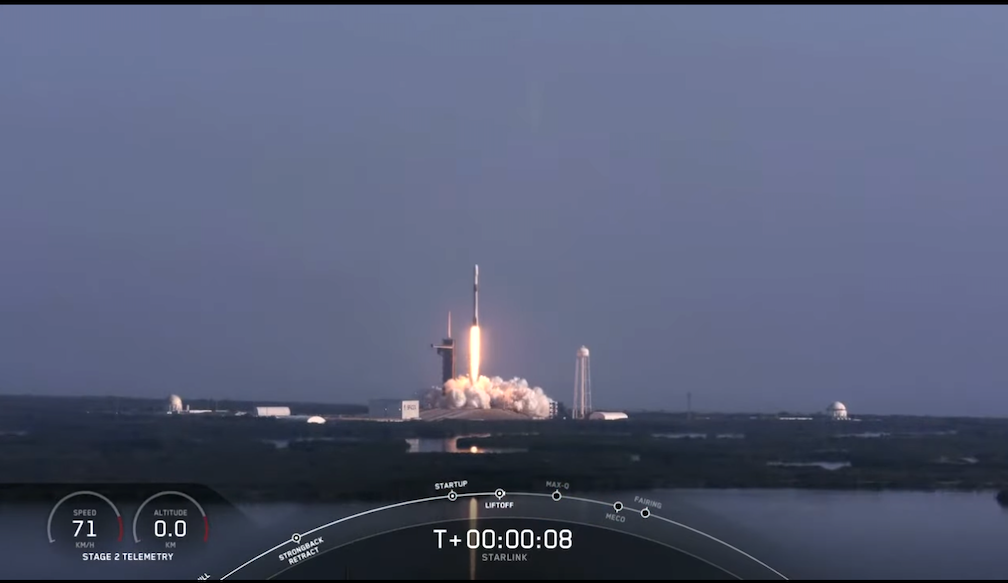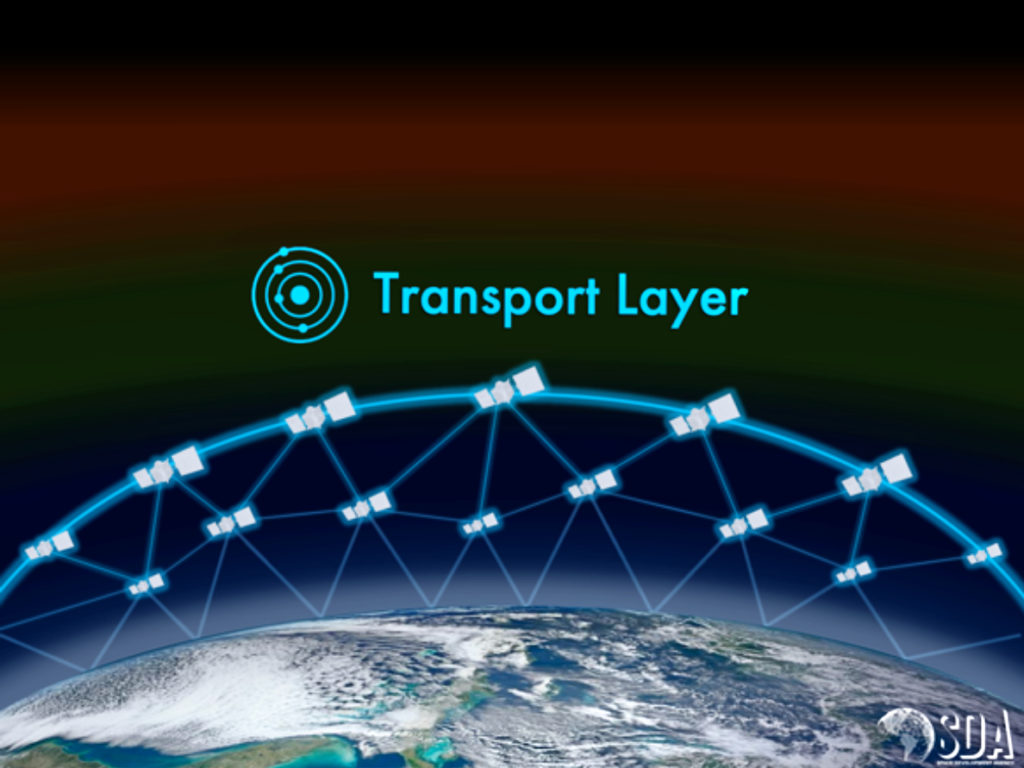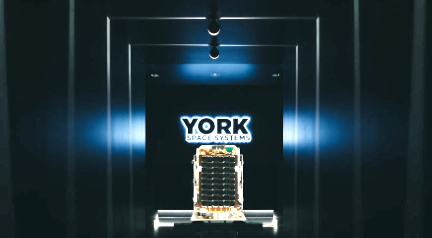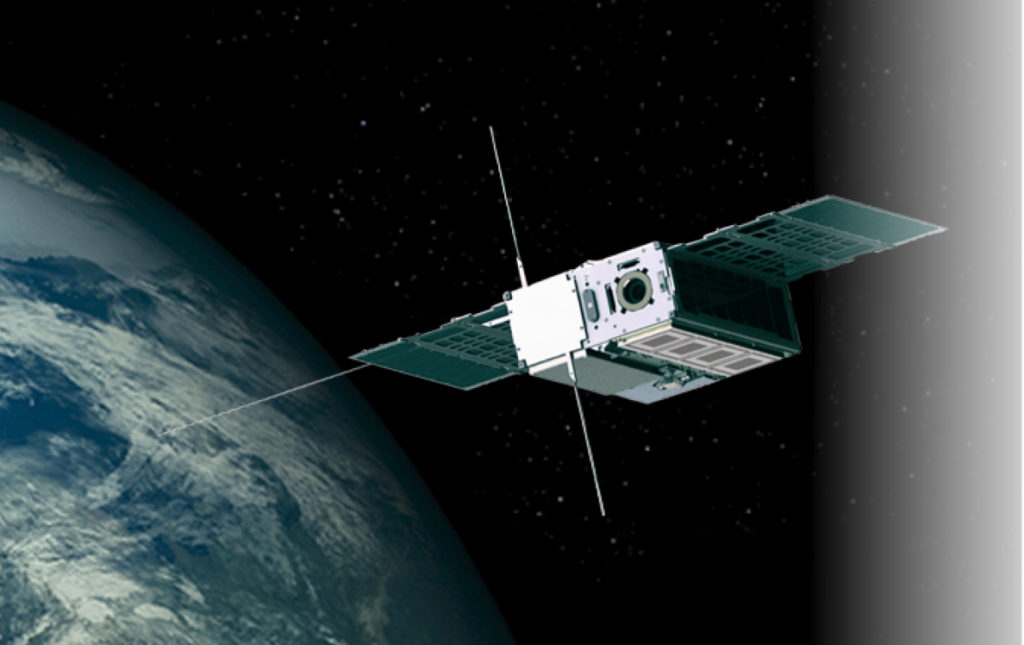
Kepler’s LEO constellation has expanded with the successful launch of the company’s third satellite — the satellite, internally referred to as TARS, was launched onboard the Arianespace Vega SSMS (Small Spacecraft Mission Service) from the Guiana Space Centre at approximately 01:51 UTC, with communication established shortly thereafter.
Developed as part of the UK’s Satellite Applications Catapult’s In-Orbit Demonstration (IOD) program, IOD-5 TARS is the final pathfinding satellite launched by Kepler ahead of the deployment of their GEN1 satellites set to launch in the coming months. The satellite bus and integration work was completed in partnership with AAC Clyde Space at their facility in Scotland, with launch services provided by Innovative Space Logistics B.V (ISL).
The satellite joins Kepler’s two other satellites, both launched in 2018, and will bring additional capacity to Kepler’s Global Data Services (GDS) data backhaul offering. This capacity will enable Kepler to increase the service level of GDS for existing users as well as add new users who have been awaiting the service.

In addition, TARS will advance the capabilities of Kepler’s constellation with the addition of narrowband support for IoT applications. Kepler became the first to provide Ku service from LEO with the launches in 2018, and with TARS will become the first to provide both Ku and narrowband from a single platform in LEO, a feat made possible by Kepler’s proprietary Software Defined Radio technology.
Demand for Kepler’s IoT service has been building since the announcement of the Kepler IoT DevKit, which will now be released to early program participants.
Kepler’s currently available Global Data Service (GDS) covers every part of the globe, from pole to pole, and allows the movement of Gigabytes of data to and from the user’s location at economic rates. With this launch, Kepler’s EverywhereIoT service will offer the same global coverage for IoT applications, with data plans that support a wide range of applications across a wide range of industries and use cases.
Executive Comments

“TARS represent another important and incremental step in Kepler’s Mission to deliver the Internet in space,” said Mina Mitry, CEO at Kepler. “We’ve seen great demand for our GDS Service, and we have significant pent-up demand for our IoT service. Based on customer discussions we’ve heard of the clear need for a global, affordable IoT solution across a range of industries, from monitoring to asset tracking to smart agriculture and beyond. With TARS and the GEN1 satellites to follow, we’ll start to address those needs.”

Jeffrey Osborne, VP of Business Development at Kepler, added, “The development and launch of TARS represents a truly successful outcome for the Catapult’s IOD program. Our partnership with SAC contributed not only to the build and launch of TARS, but was also fundamental in our choice to have the UK as the site of our first international expansion and first international hire. We look forward to continuing to advance our business in the UK and Europe, and further collaboration with the space ecosystem there.”

Stuart Martin, CEO, Satellite Applications Catapult, commented,“We have been delighted to work with Kepler Communications on this mission and to build on our Canada-UK relationship. With LEO satellite communications becoming a necessary and fast-growing sector, we are looking forward to seeing IOD-5 TARS support this growth with its new IoT service capabilities.”

